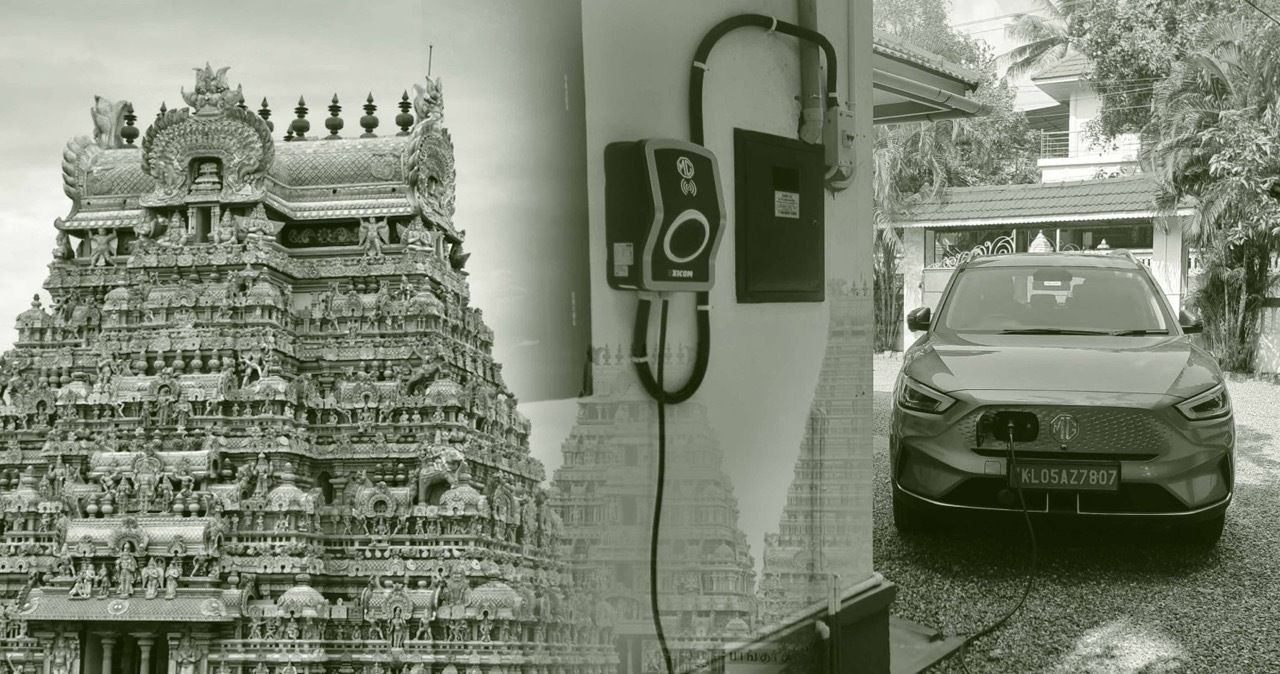India’s EV ecosystem is steadily expanding, and the government just revealed where the real growth is happening. According to data presented in the Rajya Sabha, the country now has 6,027 public EV charging stations, with Tamil Nadu leading the charge.
State-wise leaders in EV charging
Tamil Nadu is currently at the forefront with 672 public charging stations. Maharashtra follows with 515, and Andhra Pradesh comes in close at 507. Other states making significant progress include:
- Gujarat – 502 chargers
- Karnataka – 489 chargers
- Rajasthan – 471 chargers
Together, these six states are driving the national total forward, setting the pace for EV adoption and infrastructure.
What about the rest?
Despite the momentum, several states are still lagging. The capital, Delhi, has just 84 public chargers. Uttarakhand (46), Haryana (43), and Jammu & Kashmir (38) are also underperforming. The northeastern states remain the most underserved—with places like Sikkim, Mizoram, Tripura, and the Andaman & Nicobar Islands having only a handful of stations.
FAME II fund update
The growth is part of the government’s larger plan under the FAME II scheme, which has a budget of ₹893 crore. As of March 1, 2025, ₹633.44 crore has already been spent. The focus remains on supporting electric vehicles and making charging infrastructure more accessible.
New guidelines for faster rollout
In a push to speed up infrastructure, the Ministry of Power issued new guidelines in September 2024. These promote:
- Charging during solar hours with discounted tariffs
- Public-private partnerships for faster station rollout
- De-licensing EV charging to simplify setup
- Land access at ₹1/kWh through revenue-sharing or competitive bids
Even battery swapping stations are being treated with fresh clarity—government tenders will stay tech-neutral, and states are being nudged to allow round-the-clock operations.
Final word
India’s EV charging network is growing—but not evenly. While a few states are racing ahead, others still need serious catching up. With new guidelines in place and funding rolling out under FAME II, the country is definitely moving, but how fast and how far will depend on how well the less-electrified regions respond.


